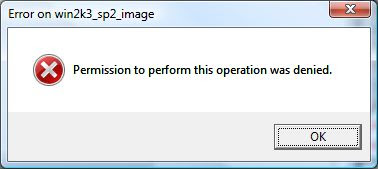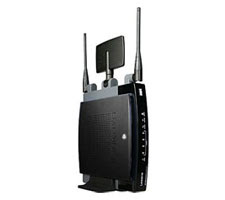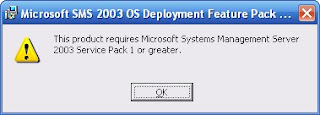So I'm one to keep my filing system clean. Like in the Window's start menu, when it gets incredibly huge with each application having it's own entry, I begin to consolidate them into folders of like applications. On the mac, I thought it would be just as easy. I would move things like MS Office, and iLife 08 into their own folders. For the most part it is, but low and behold, unless the iLife applications are in the root of /Applications, the Mac Auto Software Updater doesn't see them so assumes they are not installed and does not apply patches. You can download them manually from Apple's website if you know what to look for, but that is such a pain the arse. Oh and you have to install one update after another. For instance, iPhoto has updates up to 7.5.3. I was at 7.5. Can't install 7.5.3 update, I have to install 7.5.1, then 7.5.2, then finally 7.5.3. WTF!? Are we still in Windows 3.11 age? Most advanced OS my ass. If there is a better way to keep m...





















